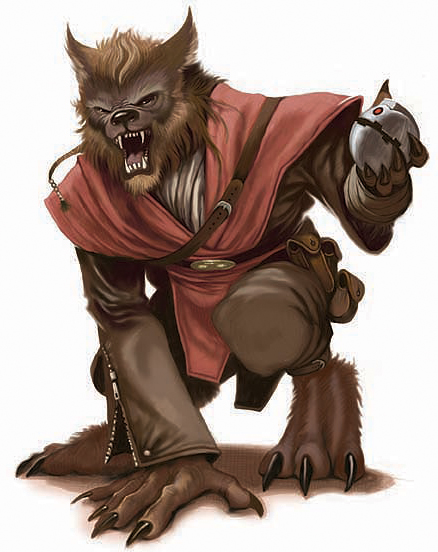As such, I'm going to be running the Icon system edition of the Star Trek RPG. While Modiphius' 2D20 system is the current incarnation of Star Trek roleplaying in the hobby, Last Unicorn's edition is my version of choice. This post will be the central locus for information on my events.
First off, let's get the skinny on the two conventions in question. Nuke-Con is set for October 2-4, 2020. Virtual GameHole Con is scheduled for November 5-8 go here to register for the con. Essentially, I'm going to be running the same events for both conventions, so if you miss a certain event at Nuke-Con's virtual convention, you can always try to catch it at Virtual GameHole Con. All that being said, let's move ahead to the 24th century...
 The Series Premise
The Series Premise
The year is 2377 - only two years since the Dominion War ended. The Alpha Quadrant's long healing process is far from over. The Cardassian Union and Klingon Empire quietly rebuild from their devastating losses. Meanwhile, the Federation and Romulan Star Empire have resumed their cold war. In the shadows, predators and scavengers lurk, watching for any sign of weakness they can take advantage of. |
| Capt. Malcom Harrison. Yes, I went there. |
Into this uneasy peace comes both a new ship and a new generation of Starfleet cadets. Cadet Training Squadron 42 - Delta Squad - find themselves assigned to the USS Odyssey, NCC-71832-A. One of many ships constructed under Starfleet's Rapid Reconstruction Initiative, the Odyssey is built from a number of refurbished, salvaged, repurposed, and new components. Despite being thrown into the deep end of this chaotic situation, Captain Malcom Harrison and his crew are determined to keep the flame of Starfleet and the Federation's ideals burning.
Canon and Apocrypha
While these are convention games, I feel it's important to remind some players that this game adheres mainly to the canon as presented in the TV series (excluding Discovery) and movies (excluding the J.J. Abrams films and despite my dislike of Generations, First Contact, and Nemesis). Material presented in the novels, comics, and electronic games is considered apocryphal unless I introduce it into the game.The Icon System (Condensed)
For those of you who don't own a copy of Last Unicorn Games' Star Trek: The Next Generation RPG, I've provided a condensed version minus the Renown rules. Why did I leave out the Renown rules? Mainly because I find them pointless, but also because they serve no purpose in these scenarios.
The Adventures of the Odyssey and Delta Squad
The following adventures represent the events of Delta Squad's extended cadet cruise. Event information for each convention will be added as details become available. Discord links will be provided here once they have been assigned by the respective conventions.The Kobayashi Maru - Members of Delta Squad take part in the Kobayashi Maru simulation, but a cadet's secret agenda risks everyone's future.
GM's Note: Players whose cadet characters receive a promotion to Ensign in "The Kobayashi Maru" may bring those characters back to participate in the subsequent adventures below.
Shakedown Cruise - The unexpected arrival of Delta Squad and a mysterious subspace signal complicate the USS Odyssey's maiden voyage.
Bioadversity - A survey mission turns deadly when an ancient bioweapon is released and an old enemy of the Federation returns seeking revenge.
A Hungry Season - A mission of mercy is derailed when raiders hijack a convoy carrying medical aid.
Shakedown Cruise - The unexpected arrival of Delta Squad and a mysterious subspace signal complicate the USS Odyssey's maiden voyage.
Bioadversity - A survey mission turns deadly when an ancient bioweapon is released and an old enemy of the Federation returns seeking revenge.
A Hungry Season - A mission of mercy is derailed when raiders hijack a convoy carrying medical aid.
USS Odyssey NCC-71832-A
- Icon System stat sheet for USS Odyssey NCC-71832-A
- Icon System starship record sheet
- USS Odyssey stat sheet and starship record sheet
Dramatis Personae
Here are the heroes of our adventures - the cadets of Delta Squad and the crew of the Odyssey. The character sheets are forthcoming.Cadet Training Squadron 42 (Delta Squad)
- Tactical Cadet Mark Decker - Male Human
- Medical Cadet Kheris - Female Human-Klingon hybrid
- Engineering Cadet Hiromi Sulu - Female Human
- Biosciences Cadet Sharan Alea - Female Bajoran
- Command Cadet Sural - Male Vulcan
- Command Cadet Thraxana - Female Denobulan
- Operations Cadet Deron Val - Male Trill (unjoined)
Crew of the USS Odyssey NCC-71832-A
- Cmdr. M'rynn - Executive Officer - Female Caitian
- Lt. Cmdr. Sarah Hennings - Second Officer - Female Human
- Lt. Cmdr. Ghent - Chief Engineer - Male Tellarite
- Lt. Debrin - Assistant Engineer - Male Tiburonian
- Lt. Cmdr. D'vor - Tactical/Security - Male Andorian
- Lt. Cmdr. Teldar - Operations - Male Bolian
- Lt. Cmdr. Kohana - Chief Science Office - Female Andorian
- Lt. T'kel - Assistant Science Officer - Male Vulcan
- Lt. Cmdr./Dr. Melara Tebryn, MD - Chief Medical Officer - Female Centauran
- Lt./Dr. Chel Beran, MD - Second Medical Officer - Female Betazoid
- Lt. j.g. Michael Peretti - Conn/Ops - Male Human
Bonus: Wonder what the theme song would be like? I think Nick Phoenix's "Starfleet" fits the bill.
















